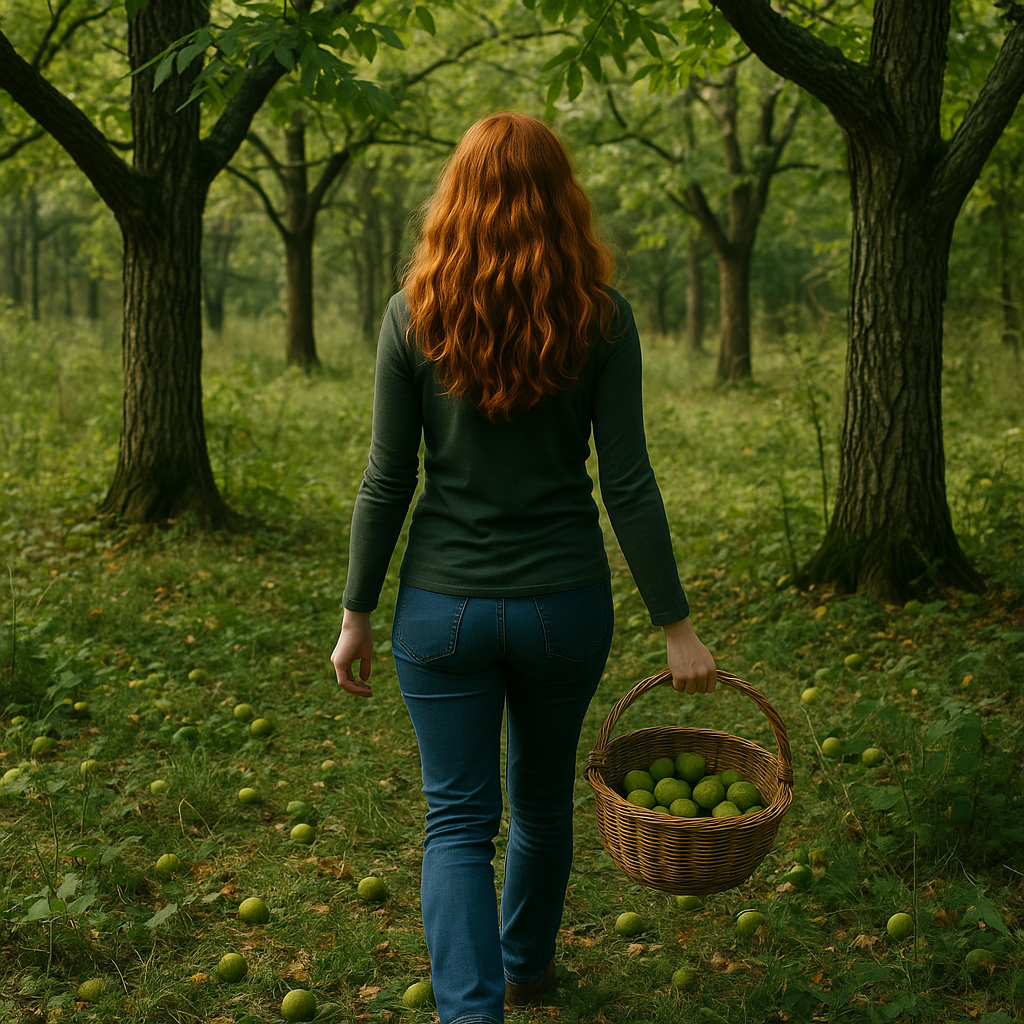
Wild Foraging Basics: Gather Botanicals Safely & Sustainably
Share
A gentle guide to connecting with the land through mindful foraging.
By Fyrn™
One of my favorite practices is finding new ways to draw nourishment—whether for food or skincare, directly from the land. For me, it’s not only about what I gather, but how I gather it. Sustainability and good stewardship are at the heart of the process. For every seed I take, I make sure to plant another, keeping the cycle alive for seasons to come.
Why Forage?
Foraging is more than gathering—it’s a practice of presence and reciprocity. Each walk outdoors becomes an invitation to notice what the season offers and what the land is willing to share. By foraging thoughtfully, you:
- Connect more deeply with the rhythms of nature and your local ecosystem.
- Gather potent botanicals at their freshest and most vibrant stage.
- Reduce waste by sourcing close to home and in harmony with the land.
- Create rituals that transform simple plants into teas, oils, and skincare treasures.
Identification Is Everything
Learning to recognize plants is a skill that grows over time, and patience is key. Many beneficial herbs have toxic lookalikes, so take care with every harvest:
- Use at least two trusted sources—a field guide, app, or local expert—to confirm identification.
- Start with plants that are easy and distinctive, building your knowledge gradually.
- Keep notes and photos of leaves, stems, and habitats as the seasons change.
Foraging Ethics & Sustainability
At its heart, foraging is about balance—taking with gratitude and giving back in return. A few simple practices help keep the cycle alive:
- Harvest lightly: Take only a modest portion, leaving plenty for wildlife and regrowth.
- Time it right: Gather plants at their seasonal peak for the best quality and potency.
- Respect the land: Always ask permission on private property and honor community or cultural guidelines.
- Tread gently: Stay on paths when possible and leave no trace behind.
Tools & Preparation
You don’t need much to begin foraging—just a few simple tools and a mindful approach:
- A basket or cloth bag to keep plants fresh and breathable.
- Small shears or a pocket knife for clean cuts.
- Paper bags to separate species and prevent wilting.
- A notebook or phone for notes, sketches, and location reminders.
Beginner-Friendly Botanicals
If you’re new to foraging, begin with plants that are abundant and easy to recognize. These are widely available and often beloved in both traditional and modern care:
- Dandelion – leaves and flowers for teas and infusions.
- Plantain – soothing leaves often used in balms and salves.
- Yarrow – feathery leaves and blooms with a long history of use.
- Violet – tender leaves and flowers with cooling, gentle properties.
- Pine Needles – aromatic needles perfect for infusions and baths.
Simple Ways to Use Your Harvest
Once gathered, botanicals can be transformed into everyday rituals. A few simple ideas:
- Dry them gently for teas, steams, or bath blends.
- Infuse oils to create balms, salves, or body care. (See our guide: Infusing Oils.)
- Steep herbs for facial steams or warm compresses.
- Add them whole to bathwater for an aromatic soak.

Black Walnuts: A Forager’s Treasure
One of the most rewarding seasonal harvests in our woods is the black walnut. These sturdy green-husked nuts drop in late summer and fall, carpeting the forest floor beneath their towering trees. Gathering them requires a bit of patience, husks must be removed, and hands may be stained without a good pair of gloves, but the effort is well worth it.
Black walnuts are valued not only for their rich, earthy flavor in food, but also for their traditional use in herbal remedies. The hulls, in particular, have long been crafted into tinctures, prized for their deep color and botanical potency. At Fyrn™, we are preparing to share our own Black Walnut Tincture, created with care, using sustainable foraging practices and clean, mammal-free ingredients.
When foraging black walnuts, always gather from healthy trees, avoid areas near roads or chemicals, and leave plenty behind for wildlife. In doing so, we honor both the land and the generations of knowledge behind this powerful tree.
Don't Forget the Essentials
Foraging often takes you deep into wooded or grassy areas where insects are active. Along with water, a good field guide, and sturdy footwear, it’s smart to bring along your favorite insect repellent. A quick spritz before you head out can make the experience more comfortable and let you focus on the plants around you.
A Closing Thought
Wild foraging is less about what we bring home and more about how we show up to the land. With curiosity, gratitude, and care, each harvest becomes part of a larger story—one where we learn to walk more gently, listen more closely, and share in the abundance that nature offers.
